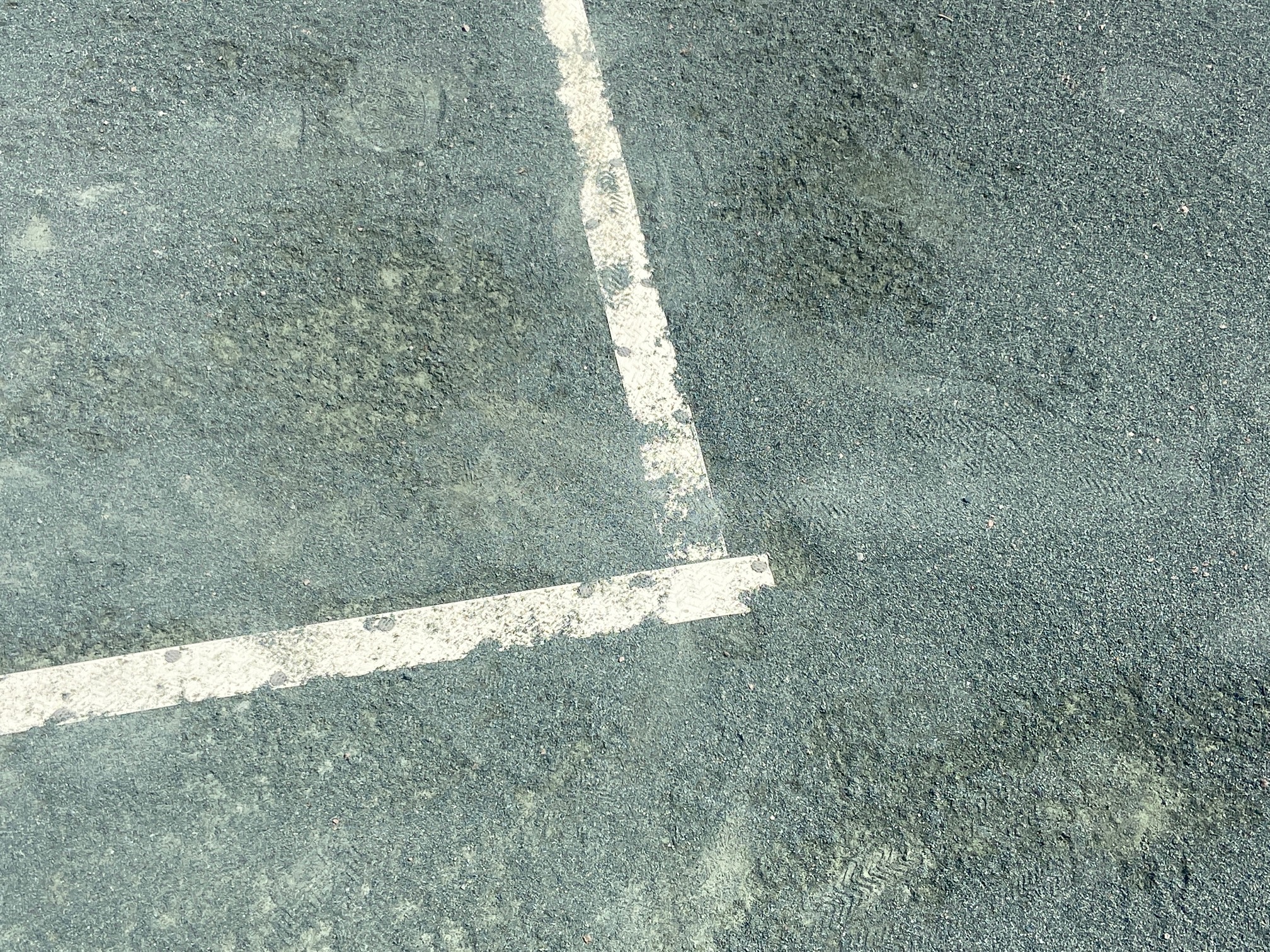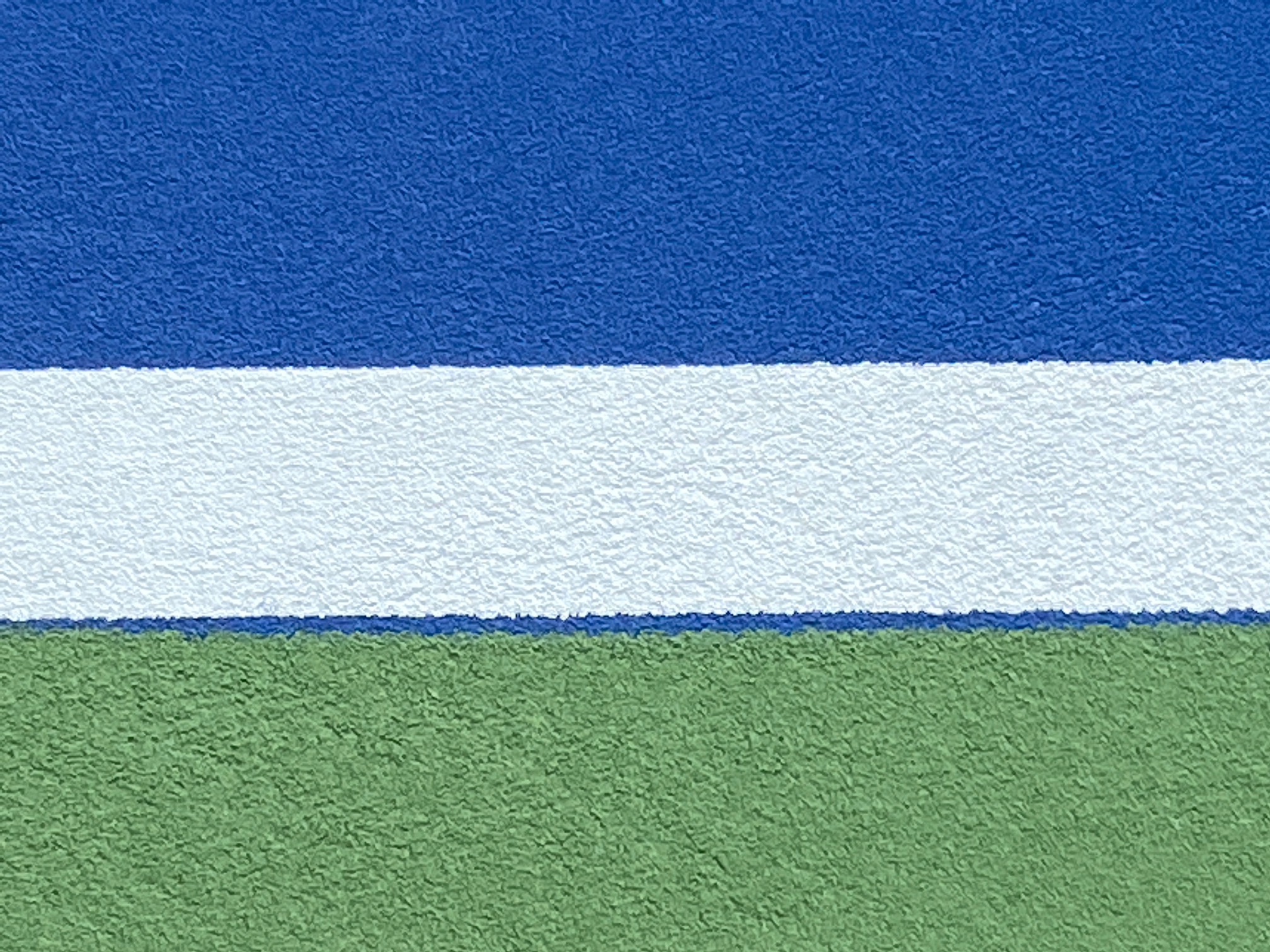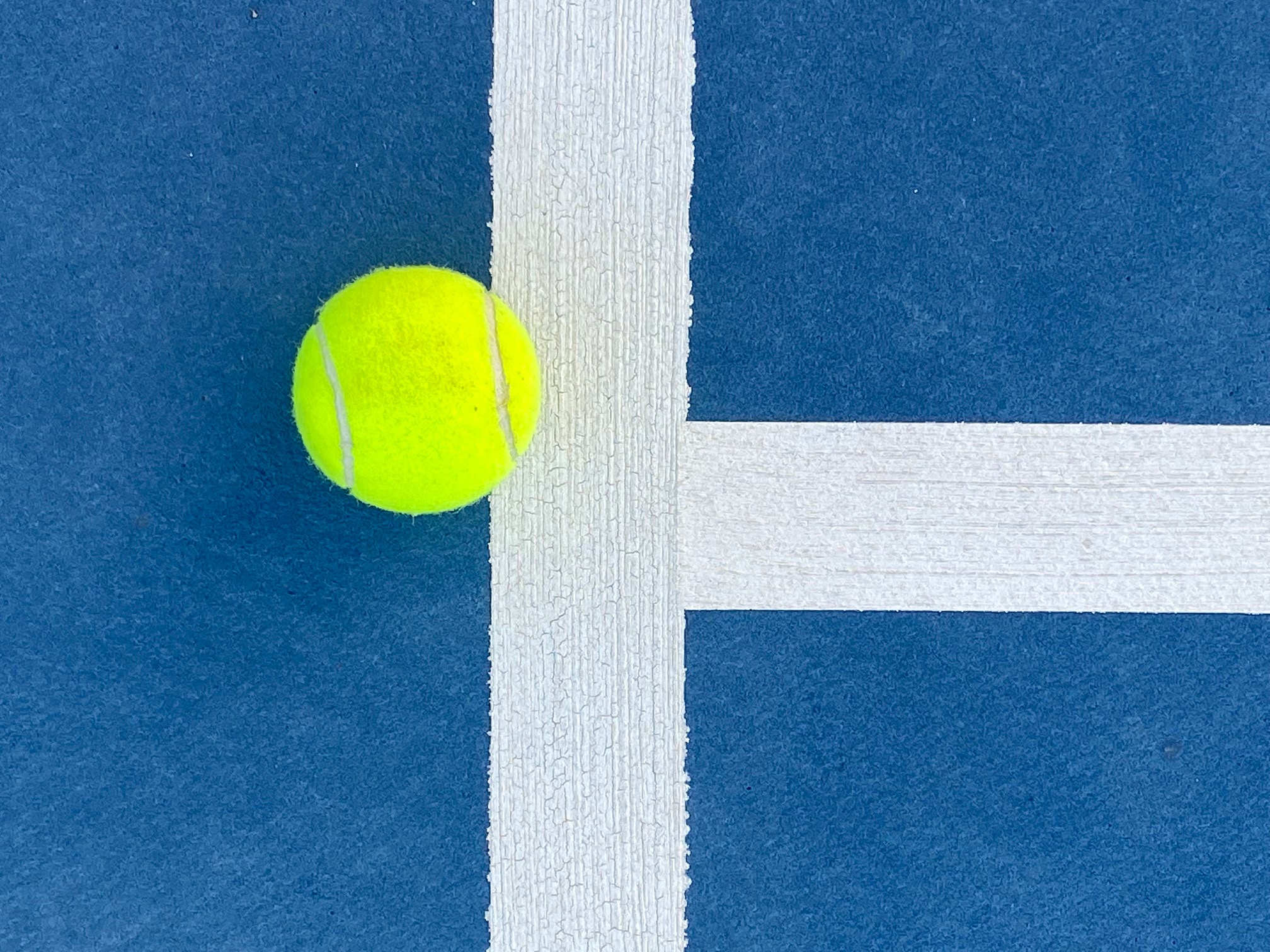Fiend at Court Unplugged
“2018 AO Flashback: Fashion Hits and Misses” published last Sunday focused on the duplicity of the Baseline Tennis columns highlighting fashion “Hits” and “Misses” from The Australian Open in 2018. That year was selected intentionally and it wasn’t because of the garish bright salmon color that was predominate in the Nike line that year. In 2018, Romanian tennis player Simona Halep was the lead photo and story in the “Misses” column. The official Tennis Channel twitter account, a part of the same media conglomerate as Baseline Tennis, even tweeted about Halep as a fashion “miss.”
Simona wearing that no name beautiful red dress won against Kerber sponsorised by adidas, generali and porsche. Any fashion comment about this fact is nothing but a stupid joke.
— Dr. Rock (@JPSmithOne) January 26, 2018
The dress that Halep wore at The Australian Open in 2018 was simply beautiful. It emphatically checked off both boxes of the fashion criteria I settled on in “Best Dressed at the Australian Open: Serena Williams?” Specifically it invoked the reaction “That looks good” and “I want to look like that.” In fact, I fruitlessly searched for the source of the seamstress in China that made Halep’s custom dress to see if I could get one.
When Baseline Tennis placed Halep and her red dress on the “Fashion Misses” list, it pretty much confirmed what I have always believed about the column. Both the “Hits” and “Misses” columns are a lazy hack for promoting the manufacturers who advertise heavily on the Tennis Channel, tennis magazine, and Baseline Tennis. Players with contracts from small manufacturers and those without a contract are more likely to appear on the “Misses” list than their peers who are sponsored.
As I have stated previously I have a personal rule to never accept fashion advice from an engineer. (Once again, the reminder that I am, in fact, an engineer.) I have now developed a second rule along those lines. Never accept fashion opinions from Baseline Tennis. That publication has proven itself to not be a reliable or credible broker of that information. From this point forward, I am going to take those columns as they are surely intended: A gratuitous opportunity to publish photos featuring the player’s apparel from each of the major tournaments.
When Baseline Tennis placed Halep and her red dress in the “Fashion Misses” column, they did so by hedging with the disclaimer that the “Miss” was playing a tournament without a clothing endorsement contract. I am going to push aside the implication that fashion and style in tennis includes corporate sponsorship as a factor. The story of Halep’s contract negotiations that year is a fascinating case study for anyone interested in the business of tennis.
Halep originally inked a deal with Adidas back in 2013 that was most likely priced on the basis of her 2012 year end WTA ranking of 47th. Since that deal was signed Halep’s year final rankings were 11 in 2013, 3 in 2014, 2 in 2015, 4 in 2016, and 1 in 2017. In other words, Adidas got a heck of a deal in that contact, based on her subsequent performance. Adidas reportedly offered to renew the same contract and disagreed with Halep’s management team that her on-court results was deserving of a raise. Halep’s agent walked away from the table and started shopping her to other manufacturers.
This is the point in the saga where I would like to hold up that move as a shining example of the intestinal fortitude that it takes to say no to a deal. Unfortunately, it quickly became apparent that it was too late for Halep to get the contract she wanted from another manufacturer either. They returned to Adidas with their hat in their hands asking for the original offer. Adidas declined claiming that the money budgeted to Halep had already been reallocated to other players.
Halep played beautifully in her custom red dress. It looked great on her and was striking against the blue color of the Australian Open courts. She advance all the way to the finals where she lost to Caroline Wozniacki. I imagine that Adidas as well as some of the other clothing manufacturers lamented the lost exposure opportunity as she advanced through the draw.
Following the tournament, Halep signed a $2 million dollar per year contract with Nike. That was reported to be a $700k increase over the best Adidas offer. I am going to say that it all worked out well for Halep. I personally would not chalk up willingness to play without an endorsement deal in the fashion “miss” column.
Tennis is a game. It is also a business. I am not sure if the order of those two statements is strictly correct. I have been ruminating a lot on sponsorship. That line of thought was sparked when I first encountered lack of sponsorship support for Zina Garrison and Lori McNeil. They simply were not receiving deals comparable to other players at their level of performance. Some attribute that fact to the color of their skin. It is a complicated topic.
I don’t fault the clothing manufacturers for their economic decisions. They are in the business of selling tennis apparel and equipment to the general public. The sponsorship and endorsement deals that they make are not intended to be supplemental income to the players. Rather it is a way to generate exposure and attention for their products. They are under no obligation to sign players to lucrative deals that they don’t think will move merchandise.
I am starting to think of contracts as a proxy for how both the sport and individual players are promoted. The contract dollars for a player is certainly a reasonable measure of the marketability of that player. At the same time, what each player earns is also reflection of how the player has been marketed by the overall tennis business which includes the professional tours, individual tournaments, national associations, the tennis media, and the manufacturers. I think that player contracts can be aggregated across various demographics as an indicator of how the promotional engine of tennis is working.
There are probably a lot of interesting trends that can be mined from that data.
- 2018 Australian Open Fashion Misses, Jonathan Scott, Baseline Tennis, January 25, 2018.
- 2018 Australian Open Fashion Hits, Jonathan Scott, Baseline Tennis, January 22, 2018.
- The Crazy Story Behind Simona Halep’s One-Of-A-Kind Tennis Dress In The Australian Open Finals, Allen St. John, Forbes, January 28, 2018.
- Simona Halep replaces Adidas with Nike, Elena Holmes, Sports Pro Media, February 13, 2018.



